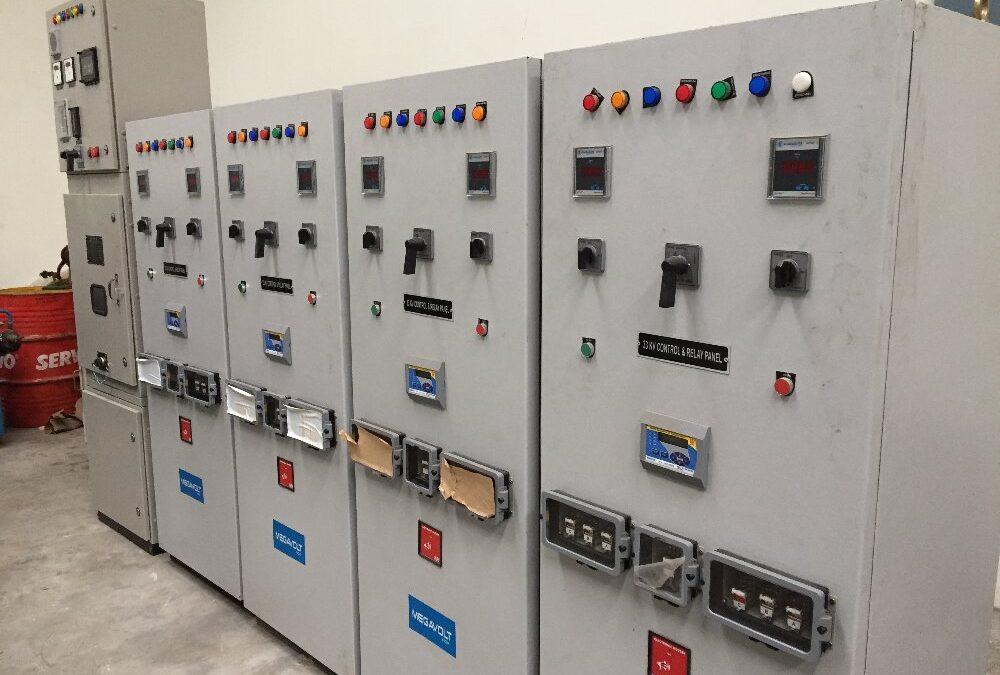Relay panels in a substation play a critical role in protecting and controlling the electrical equipment and transmission lines within the substation. These panels house various protective relays and control devices that monitor and manage the flow of electrical power, ensuring the safety and reliability of the substation and the larger electrical grid
Relay panels in a substation play a critical role in protecting and controlling the electrical equipment and transmission lines within the substation. These panels house various protective relays and control devices that monitor and manage the flow of electrical power, ensuring the safety and reliability of the substation and the larger electrical grid. Here’s an overview of relay panels in a substation:
1. Purpose of Relay Panels:
- Relay panels are an integral part of the substation’s protection and control system.
- They house protective relays, control relays, and associated devices to monitor and respond to abnormal conditions in the electrical network.
2. Protective Relays:
- Protective relays are devices that detect faults, abnormalities, and overcurrent conditions in the electrical system.
- They are responsible for issuing trip signals to circuit breakers to isolate faulty sections and prevent damage.
3. Control Relays:
- Control relays are used for various functions, such as circuit switching, control of transformers, and operating auxiliary equipment.
- They help in maintaining the substation’s operational state.
4. Monitoring and Control Devices:
- Relay panels also include devices for monitoring and controlling voltage, current, frequency, and other electrical parameters.
- These devices provide data to operators and control systems for decision-making.
5. Communication Interfaces:
- Many modern relay panels are equipped with communication interfaces (e.g., SCADA systems) to enable remote monitoring and control.
6. Redundancy:
- To ensure reliability, relay panels often incorporate redundancy in both hardware and communication paths.
7. Protection Schemes:
- Relay panels are designed to implement specific protection schemes, such as differential protection, distance protection, and overcurrent protection.
- These schemes vary based on the substation’s configuration and requirements.
8. Testing and Maintenance:
- Regular testing and maintenance of relay panels are crucial to ensure their proper functioning.
- Calibration, functional testing, and firmware updates are essential activities.
9. Integration with Substation Automation:
- Relay panels are often integrated into the broader substation automation system, providing real-time data to operators and allowing for automated responses to faults.
10. Future Trends:
- Relay panels are evolving with advancements in technology. They may include digital relays, intelligent electronic devices (IEDs), and cybersecurity measures to protect against cyber threats.
11. Safety Considerations:
- Safety is paramount in substation environments. Relay panels are designed with safety features to protect personnel working on them.
Relay panels are a crucial element in the overall protection and control infrastructure of a substation. They help ensure the safe and efficient operation of the substation and its associated electrical equipment while minimizing disruptions to the electrical grid. Proper design, maintenance, and testing of relay panels are essential for maintaining the reliability of the power system.

